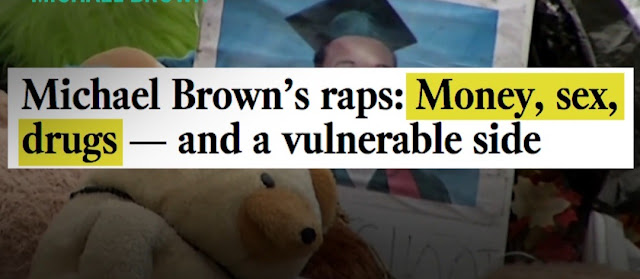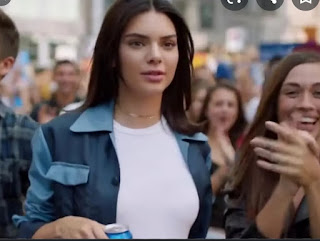The Ball Brawl
Growing up I would watch Television and read books at a higher frequency than most children because I wasn't allowed to go out. So my memory for commercials was like a steal trap. In Chapter five of "Visual Communication Design:An Introduction to Design Concepts in Everyday Experience" the word redundancy shows up, in which the definition "is the consistent and t
imed repetition of a message, often across multiple channels and formats, in order to build audience recognition. Advertising campaigns and branding depend on such repetition of related messages"(184). Some advertisers can turn this redundancy on it's head as a sort of smear campaign if they choose. The book references Joe Camel, the mascot for Camel cigarettes and changed that to Joe Chemo to raise awareness for lung cancer caused by smoking. The ad works primarily because we, the audience, understand the reference. In reading this particular chapter,I couldn't help but remember the infamous 2015-
2016 ball campaign. Three different phone companies used colorful balls to show the audience a visual representation of the telephone companies' consumers. It began with Verizon bashing Sprint and T-Mobile's network speed. Sprint fought back by using a very similar imagery to establish that they were superior, but offering consumers a deal of fifty percent off. But, by far the competitor that took the cake was T- Mobile's fireback, in which they acknowledged their poor numbers in comparison to their competitors, yet explained that those numbers were old. However, what made it so enjoyable was that they used Steve Harvey to apologize for the wrong numbers, the same manner in which he apologized for announcing the wrong Miss Universe months prior. It made the commercial that much funnier. It was an indication of both changing the narrative ( used in a different context from the textbook definition) and going with the times to make a hilarious and relatable ad. There was no one at the time that didn't know about the Steve Harvey mishap. Moreover, what made it more enjoyable was that these companies created an excitement that was similar to waiting for a new episode of a show to come out or waiting for two feuding rappers to drop their diss tracks. I recall asking a classmate if they had seen the Sprint ad and he replied by saying that "Verizon was gonna clap back ( retaliate)". The ads all had clever designs and executions.





Comments
Post a Comment